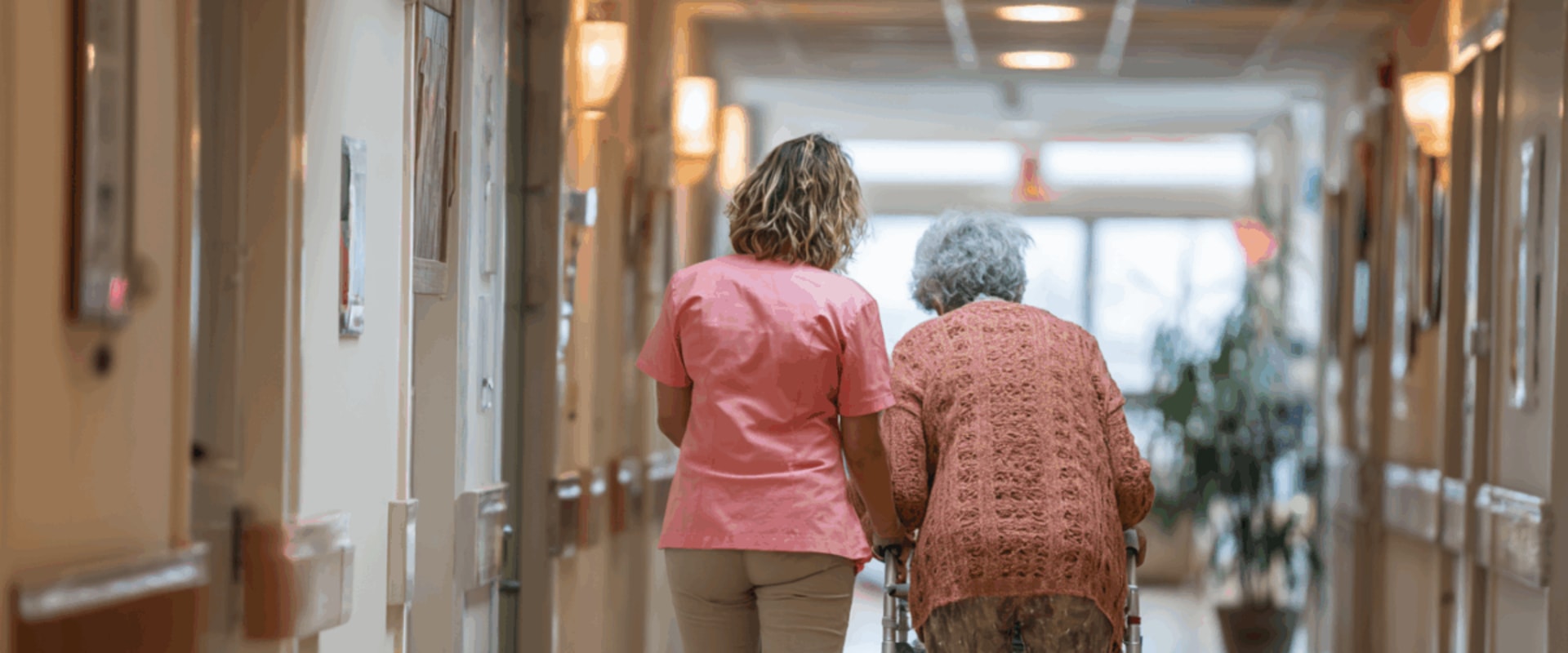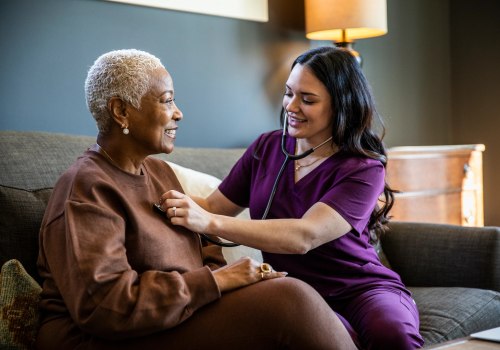The moderate level of care refers to older adults who require substantial assistance or support in several areas of health and. Assisted living homes are residential communities where older people can receive assistance with “activities of daily living” (ADL), such as dressing, bathing, and administering medications. Assisted living communities offer a variety of social programming options, restaurants and apartments, all designed to fit the needs of older people. Level 3 care in an assisted living facility provides greater support and more comprehensive assistance with activities of daily living (ADL) to residents with more complex medical needs.
If your loved one has been assigned level one of all other levels of assisted living care, it simply means that they are mostly independent. When a resident enters Level III assisted living care, their physical needs increase and they are likely to need moderate to maximum assistance for transportation and walking. Even if you know when it's time to move to assisted living, it can be difficult to start a conversation with your loved one in a way that respects their wishes. Understanding the different levels of care in assisted living is vital to making informed decisions and ensuring that your loved one receives appropriate support on an ongoing basis. At each new level of care in assisted living facilities, the cost can increase by several hundred dollars a month.
At the third level, assisted living residents need help with most or all ADLs and often need the help of more than one caregiver. Be sure to ask what each level includes in each community you visit, so you can find the perfect balance between care services for your loved one. Determining the right levels of assisted living care for a loved one involves collaborating with health professionals and caregivers and conducting thorough evaluations. Your loved one may need help to ensure that their ADLs are done correctly and safely instead of remembering them. Usually, a nurse or other health professional in an assisted living community will use a formal tool that measures a person's ability to complete the ADL and the more complex instrumental activities of daily living (IADL), such as administering medications.
Bradley suggests talking about the needs and costs of in-person care in the community during a tour, simply because the care needs are so personalized for each elderly person in assisted living. This level is ideal for those who enjoy independent living in their own space, but appreciate the additional security and companionship that comes with being part of a supportive community. This may involve the help of specially trained caregivers or the use of a Hoyer lift. Residents receiving level IV care need maximum assistance for walking and moving, as well as for all activities of daily living.
The portion of your assisted housing costs that Medicaid will pay is determined by the state in which your loved one lives...





